Video: Seth // Edit: Curtis // Words below: Daniel
It’s been exactly five weeks since the remnants of Hurricane Helene devastated our region. In some places, like around Brevard, the Pisgah Ranger District, and southwest of Asheville, things are getting back to the new normal. In other places, the work to recover has just started.
I have volunteered, serving on the board of directors for Pisgah Area SORBA (PAS) for several years at this point, and am currently the volunteer president of the organization. PAS is responsible for stewarding and working to maintain the trails in the Pisgah Ranger District of Pisgah National Forest, which is close to where Seth and I both live, southwest of Asheville, between there and Brevard. Our region, like much of western North Carolina was hard hit by the storm. Here, we experienced over 20” of rain, with some places having closer to 30”, along with extreme winds. All of that led to a tremendous amount of damage across the region.
Fortunately, we somehow sustained a bit less damage than other places. I say that not to minimize the amount of damage here but to give some perspective to how absolutely terrible the damage is elsewhere. Here, while the damage is still worse than anyone here has seen in their lifetime, it pales in comparison to what happened in some other regions, such as the Old Fort area and Grandfather Ranger District of Pisgah National Forest, where I was today and other communities across the western part of the state.
Two weeks ago, the Pisgah Ranger District of Pisgah opened to the public and to volunteers. While it was opened, that didn’t mean that any of the trails were ok or even safe to ride, so since then, we’ve been working to get the trails back open in our area while the other harder-hit areas of Pisgah remain closed to everyone, including volunteers. In the couple of weeks after the storm, the US Forest Service crews worked tirelessly to re-establish access on major roads and replaced damaged infrastructure. This has been incredibly important as those roads not only provide access to trails but also to homes, private property, and other pieces of critical infrastructure. It was decided that in order to allow the public, including volunteers, in, it was first imperative to ensure there were safe routes in and out of the forest because, without them, access to trails themselves would be unsafe and if anyone was injured and required medical attention, it would be an extreme challenge to get them out, among other reasons.
Once the forest opened, our paid staff, along with volunteers, coordinated with the US Forest Service and immediately got to work. In the first few days, multiple trails were cleared and able to be ridden. Since the forest opened, our USDA-certified sawyers and volunteers led by our trails specialist, Jared Hartman, have cleared the vast majority of trails open to mountain bikes in the Pisgah Ranger District. Our crews alone have cut out close to 400 trees and logged over 1,500 hours of volunteer work. In addition to our team, we’ve worked alongside others from groups in the forest, such as The Pisgah Cowboys, Pisgah Conservancy, and others, to make trails in the Ranger District rideable and hikeable.
It’s been a monumental effort, but it doesn’t stop there. Just because we’ve been able to “open” trails doesn’t mean that the trails are necessarily good to go. There are places where the trails seem fine and places where they are more heavily damaged. Most trails have in some way suffered tread degredation, slumps, slides, and more that will need to be repaired to keep the trails in good condition and sustainable for the future. What we’re telling people is to proceed as if you’re riding the trails for the first time and to expect the unexpected. There is still plenty of debris on and on the sides of the trails, and it’s not the time to ride without exercising caution. All of this will eventually be cleaned up, and the trails will be restored. It’s just going to take a monumental amount of resources and even more time.
That’s just the situation in the Pisgah Ranger District (PRD), and the PRD is what is represented in the video here. It is FAR worse elsewhere. By best estimates, 30% of the infrastructure in the PRD was heavily damaged or destroyed. That includes roads, bridges, and developed recreation areas. In the Grandfather District, that number is 70%, and in the Appalachian District, it’s 90%. After seeing firsthand how bad the damage is in the Grandfather District over the last two days, it’s clear that this also translates to the trails in many cases. And, as much time and money as it will take to fix the trails here in the Ranger District, it will take exponentially more to fix the trails across Pisgah. In these other districts, the focus is still on reopening access to roads, replacing infrastructure, and clearing trees.
So, why is this so important right now when there is still a major need for people and businesses to reopen and rebuild? The trails here are the foundation of the economy. No one comes to western North Carolina to go to outlet malls or sit inside. The economy depends on access to recreation, so we’ve been working tirelessly to reopen the trails. If local businesses can’t stay open, the economy and people’s livelihoods are quickly jeopardized. Many businesses, families, and individuals are currently in perilous places, and there’s no amount of aid, other than a functioning economy, that can bring things back closer to the new normal.
Additionally, these trails and the road infrastructure are critical to maintaining the health and safety of the forest. As we move into forest fire season, crews have to have access to get in and manage any forest fires that start. This is especially important right now as there is an unimaginably high amount of debris and deadfall on the trails this year.
Why can’t the Forest Service do this? If you’ve seen anything about the USFS lately, you’ll know that their funding has been repeatedly cut and it never was built out as an organization to steward mountain bike trails. They’re working with minimal resources, and all of the incredible people they have locally are doing everything they can. The USFS relies on partner organizations such as Pisgah Area SORBA, G5 Trail Collective, and the Northwest NC MTB Alliance, along with the Carolina Climber’s Coalition, Carolina Mountain Club, Wild South, and others, to get work done. Volunteer organizations are key to the forest's functioning and being open to mountain biking and other recreation opportunities.
As for myself and our team at Pisgah Area SORBA, we’re already coordinating to begin helping in the Grandfather Ranger District and other area trail networks in western North Carolina to get those trails back open and re-established as quickly and safely as possible. As it stands, there are a few dozen people in some areas who are able to do work that would take hundreds of people months or even years. Our board and staff have unanimously agreed that if we can lend our resources, certified sawyers, volunteers, and infrastructure to help our neighboring communities, we’re going to do it.
If you want to help out, consider donating to either Pisgah Area SORBA or one of the other organizations listed above. If you want to visit, please do. And do so responsibly. There are plenty of trails that are open, but there are some areas that are closed, rightfully so, for major safety reasons. Thanks for following along and supporting us as we work to rebuild the places we call home. We’ll do our best to keep you updated. - Daniel
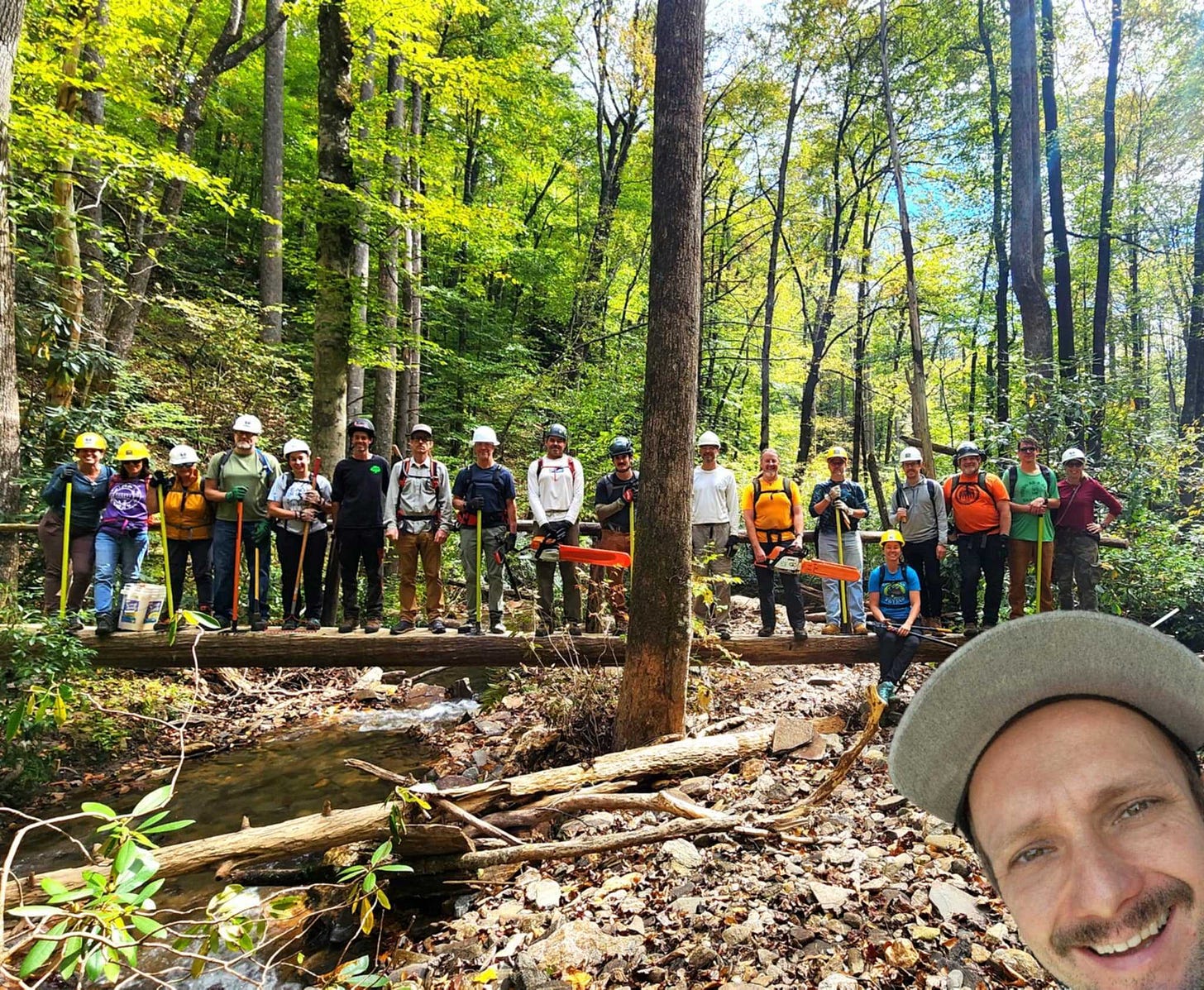

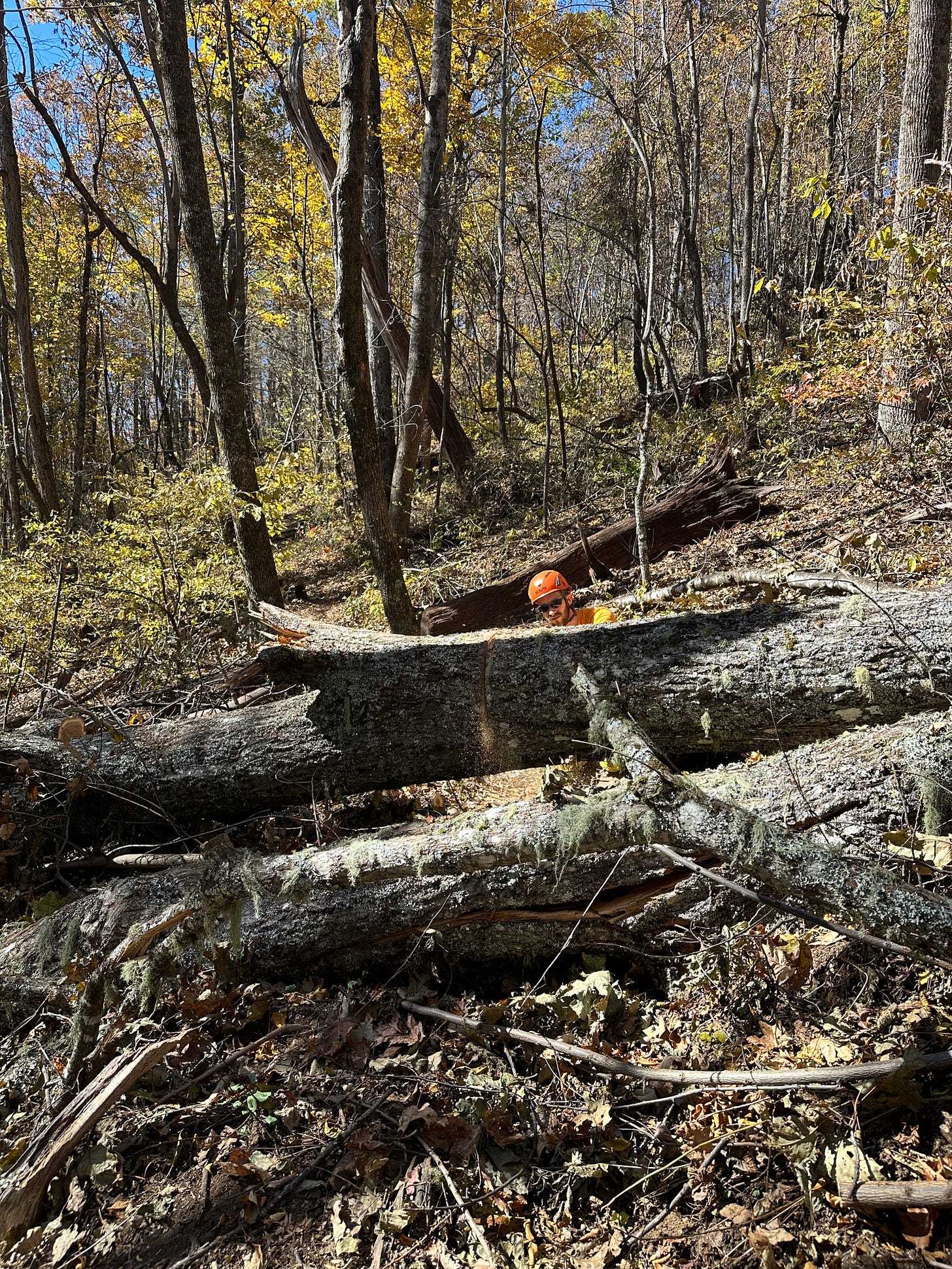
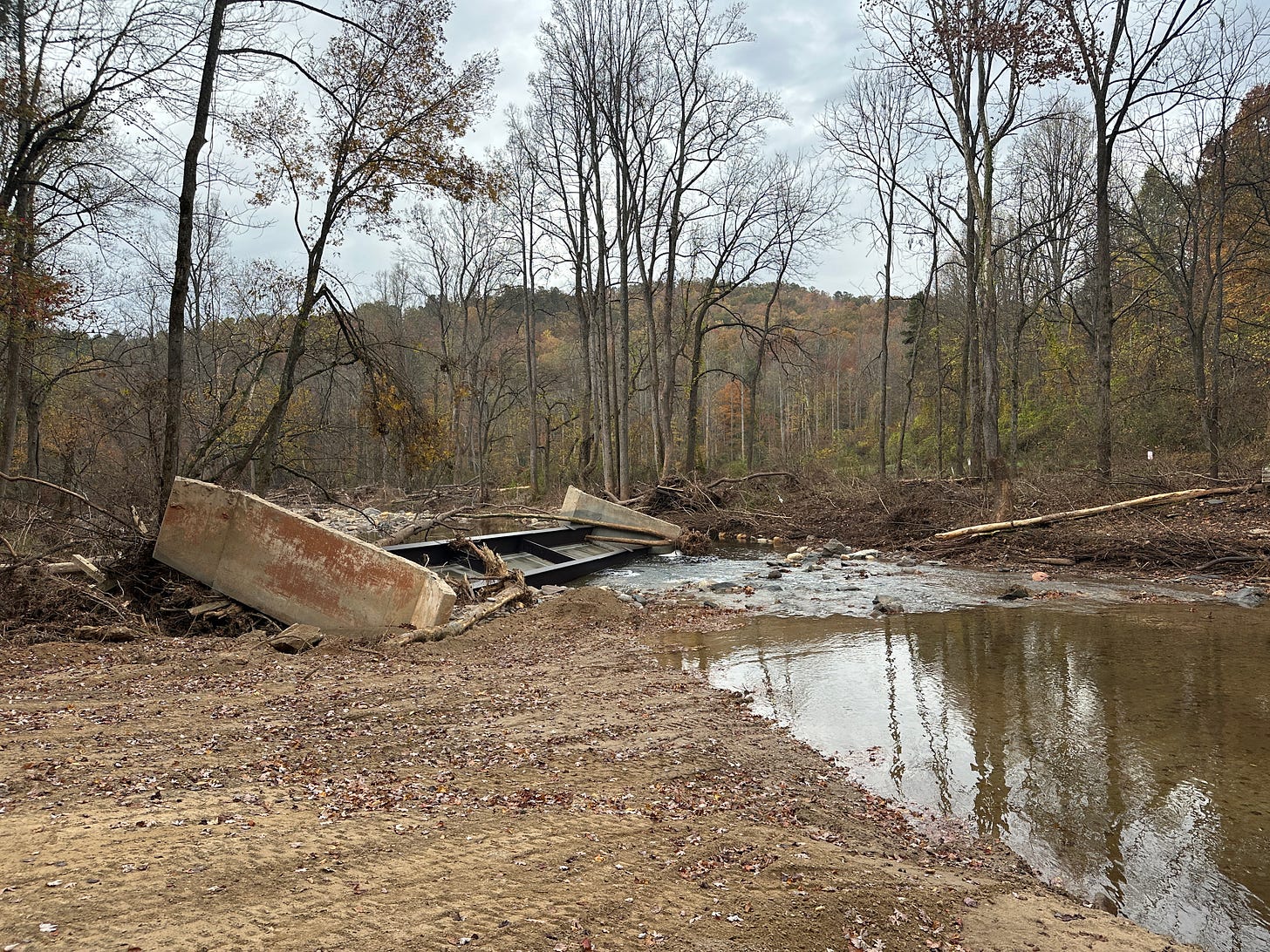
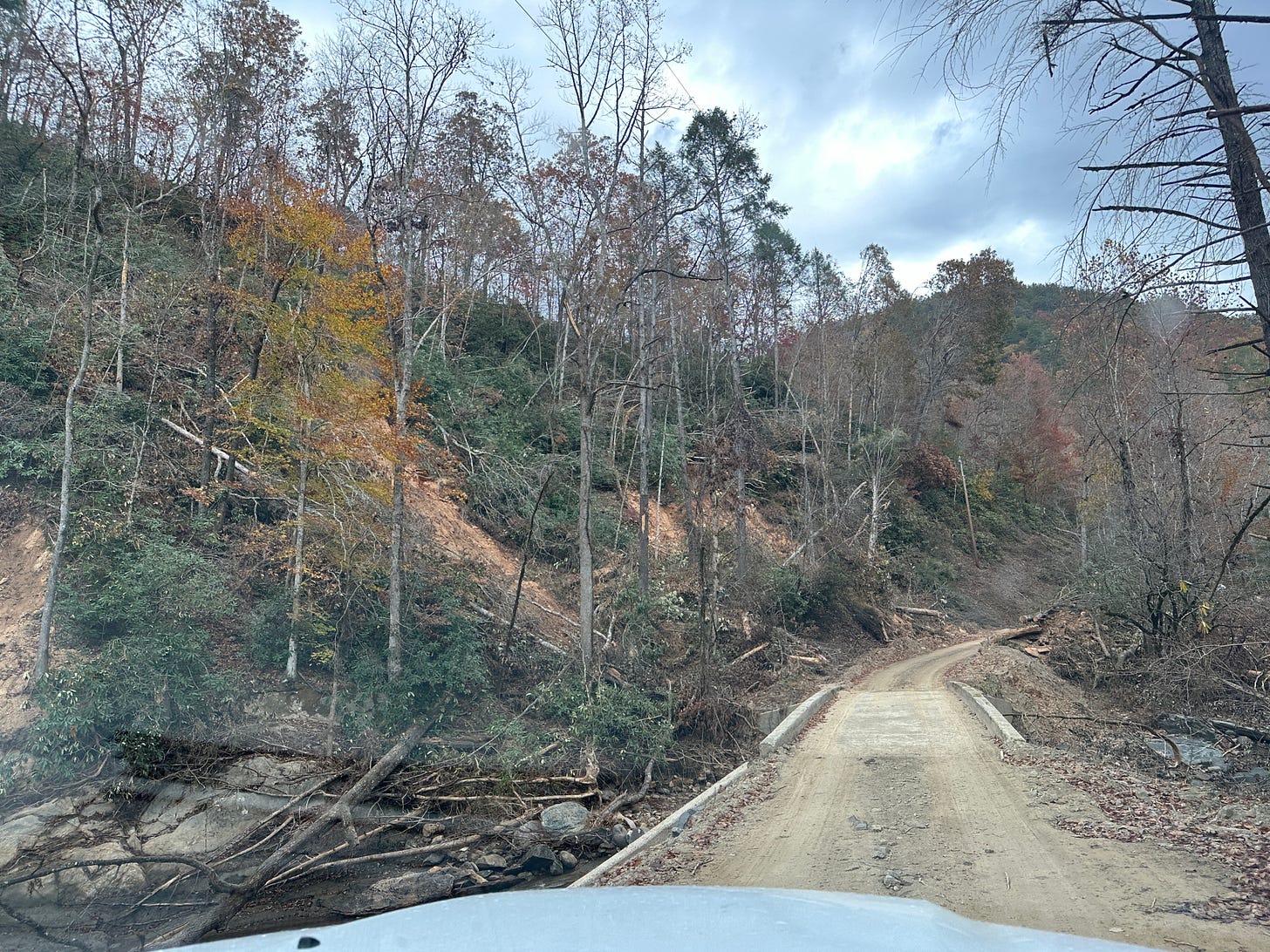





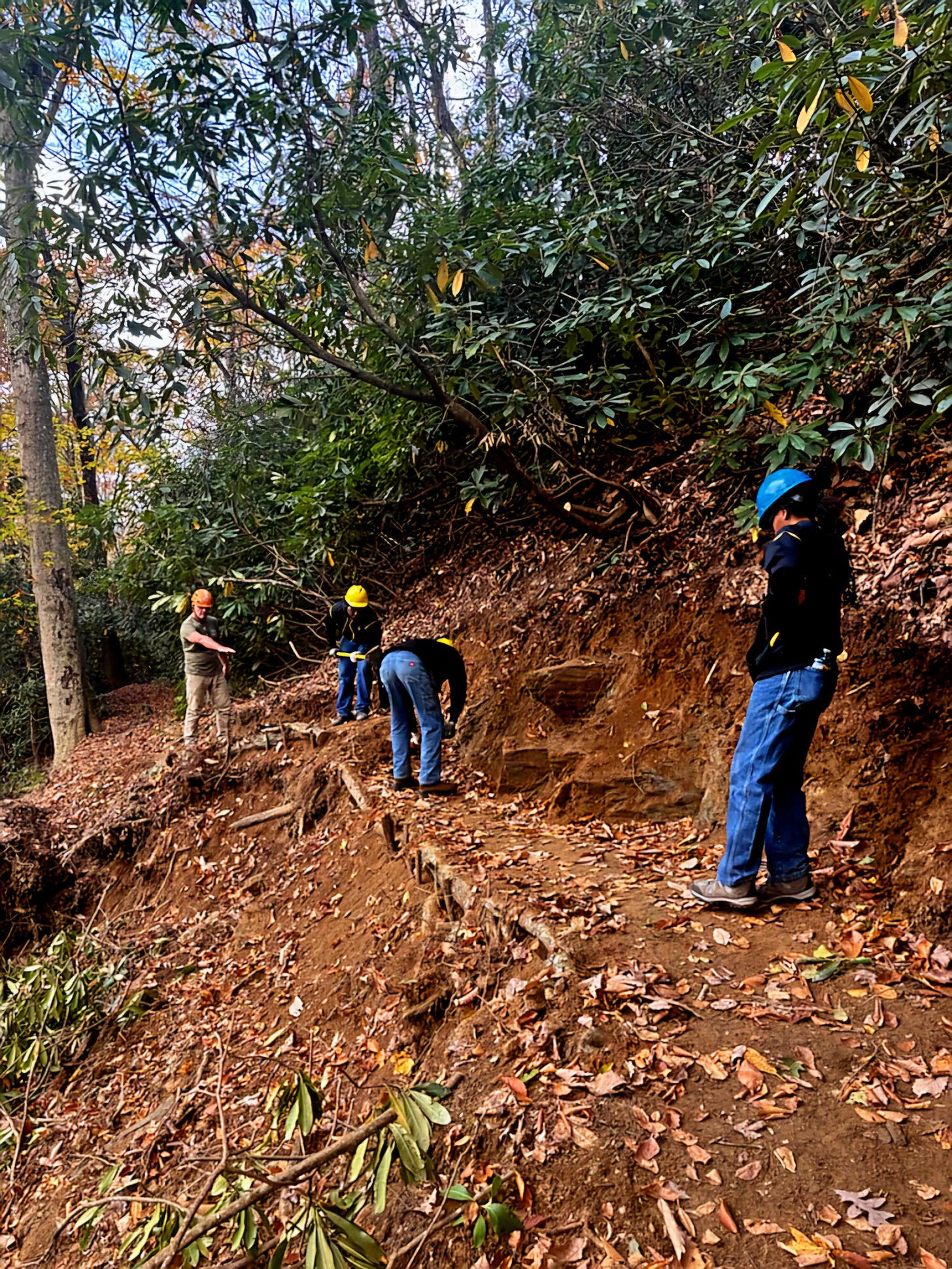









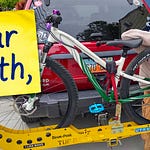



Share this post